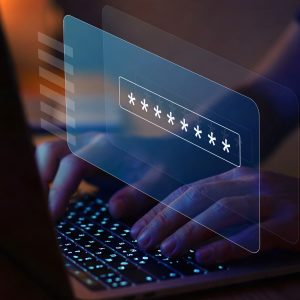Preventing Ransomware Attacks in a Hybrid Cloud Environment
Businesses interested in scaling up operations are turning to hybrid cloud environments as a cost-effective solution. Hybrid clouds provide the best of both worlds, allowing companies to expand their network without investing in additional, costly on-premises servers that must be maintained. While there are a number of benefits to a hybrid cloud environment, it is,…
Read More



